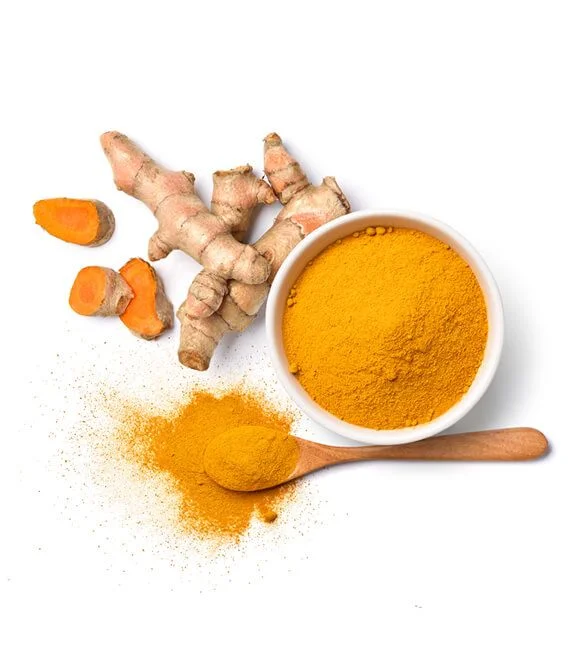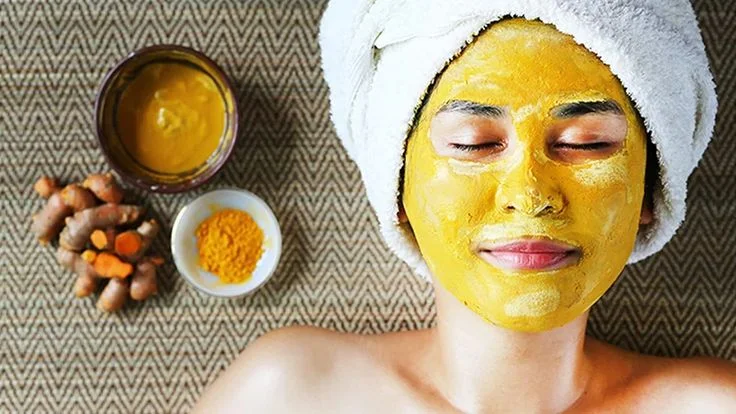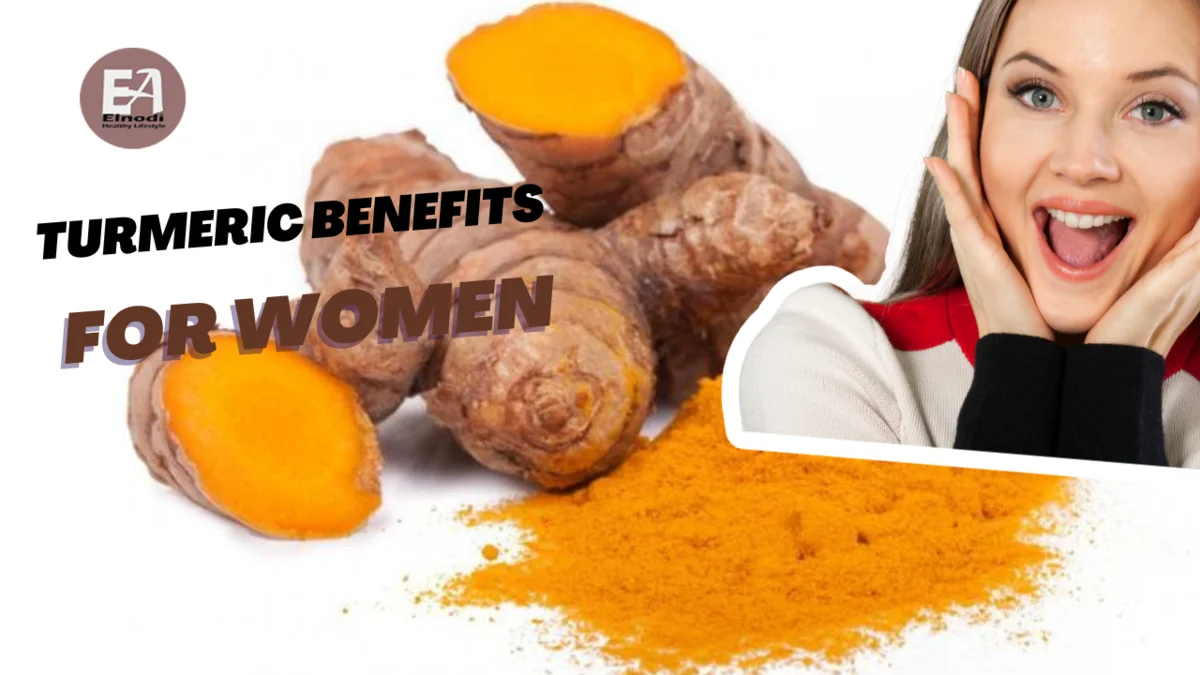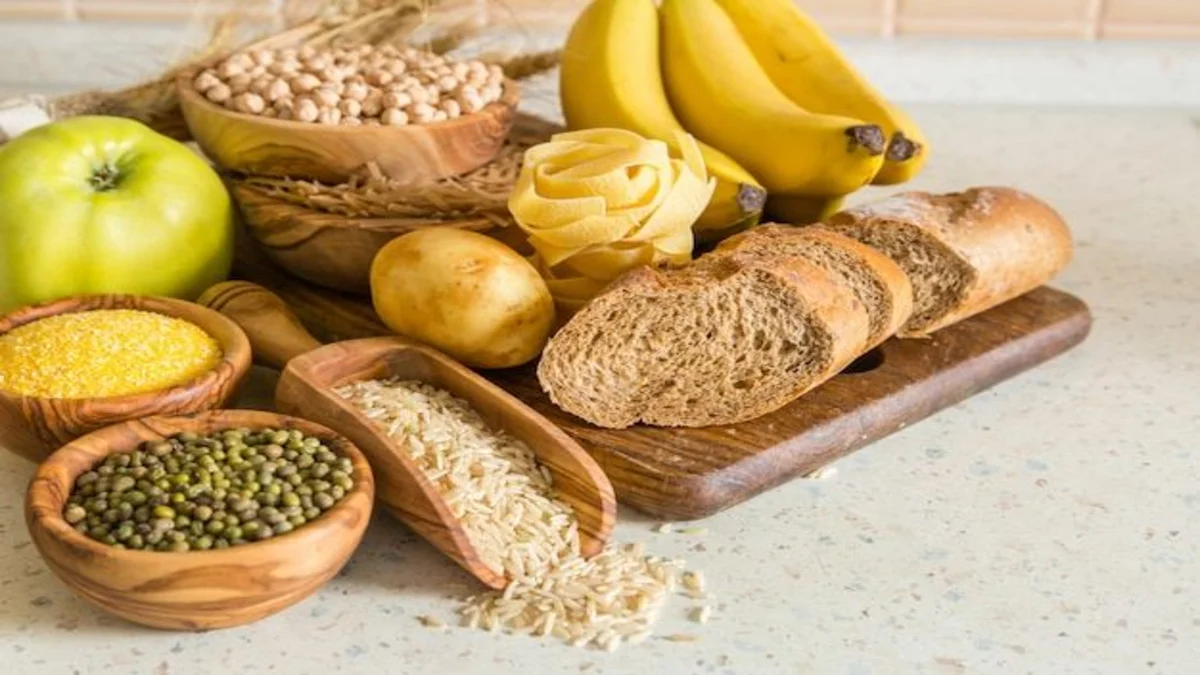Learn about the incredible turmeric benefits for women, A comprehensive guide on the benefits it offers, Looking to enhance feminine vitality?
Turmeric possesses a vibrant golden hue and is commonly recognized as a spice. Curcumin, an ingredient found within, offers various medicinal benefits.
People utilize it for pain relief, inflammation reduction, cancer, and facilitation of the healing process.
On the other hand, it could potentially result in some negative consequences.
What Is Turmeric?
Turmeric, which goes by the scientific name Curcuma longa, is a perennial plant that is grown for its rhizome, which is used both in cooking and medicine.
It is primarily cultivated in India as a culinary herb and is added to many dishes in South Asia and the Middle East in its dried and powdered form.
It imparts a vibrant yellow hue to curry powder and certain types of mustard, earning it the moniker of “Indian saffron. (1)
It’s sometimes used to color cheese and butter as well. It has also played a role in traditional Indian Ayurvedic medicine for at least 4,000 years.
Turmeric nutrition profile

| Nutrient (2) | Amount per 100g |
|---|---|
| Calories | 354 kcal |
| Water | 11.1 g |
| Protein | 7.8 g |
| Carbohydrates | 64.9 g |
| Fiber | 21.1 g |
| Sugars | 3.2 g |
| Fat | 9.9 g |
| Saturated Fat | 3.1 g |
| Monounsaturated Fat | 1.7 g |
| Polyunsaturated Fat | 2.2 g |
| Omega-3 Fatty Acids | 34 mg |
| Omega-6 Fatty Acids | 215 mg |
| Vitamins and Minerals | |
| Vitamin C | 25.9 mg |
| Vitamin E | 3.1 mg |
| Vitamin K | 13.4 µg |
| Vitamin B6 | 1.8 mg |
| Folate | 20 µg |
| Niacin | 5.1 mg |
| Riboflavin | 0.2 mg |
| Thiamine | 0.1 mg |
| Minerals | |
| Calcium | 183 mg |
| Iron | 41.4 mg |
| Magnesium | 208 mg |
| Phosphorus | 268 mg |
| Potassium | 2525 mg |
| Sodium | 38 mg |
| Zinc | 4.4 mg |
| Copper | 0.3 mg |
| Manganese | 7.8 mg |
Please note that these values are approximate and can vary based on factors such as the variety of turmeric and how it is processed. Additionally, these values are based on raw turmeric and may change if the spice is cooked or processed differently.
Turmeric Benefits for Women
1. It’s an anti-inflammatory
Turmeric, a popular remedy, is commonly employed to combat inflammation.
According to a previous study, curcumin might be a more effective treatment for inflammation than commonly used medications like ibuprofen and aspirin.
2. The promotion of skin health is facilitated.
Turmeric has been proven effective when applied topically due to its anti-inflammatory, antimicrobial, and antioxidant properties.
It can be used to treat a range of skin conditions including acne, eczema, photoaging, and psoriasis, among others.
3. The symptoms of arthritis may be alleviated.
it has been found that osteoarthritis and rheumatoid arthritis sufferers may experience relief from pain and stiffness with the help of certain treatments.
4. The healing of skin wounds
can be accelerated by utilizing the properties of this particular substance.
Studies have revealed that curcumin can enhance the rate of healing for skin wounds.
5. It has the potential to decrease the chance of developing heart disease.
Research has shown that the antioxidant properties of this substance are directly related to lower levels of LDL cholesterol in the bloodstream, resulting in a reduced risk of developing coronary disease.
6. Regular use of this intervention may potentially reduce the likelihood of experiencing depression.
Depression is linked to decreased levels of BDNF, also known as brain-derived neurotrophic factor.
Turmeric has been demonstrated to enhance brain-derived neurotrophic factor (BDNF) levels in the brain.
7. This supplement has the potential to be utilized as an effective anti-aging aid.
Turmeric and curcumin are not promoted as supplements for reversing the aging process.
Turmeric and curcumin may be effective supplements for anti-aging purposes.
These compounds possess potential anti-inflammatory properties and can help protect the body against harmful free radicals.
Furthermore, based on scientific research, they may have the ability to delay the onset of age-related diseases and brain degeneration.
Do you have any turmeric skin recipes that you can share?

Turmeric Glow Smoothie:
Ingredients: 1 banana, 1/2 teaspoon turmeric powder, 1/2 cup Greek yogurt, 1/2 cup almond milk, honey to taste.
Make sure to thoroughly combine all the ingredients until they have reached a velvety consistency.
Enjoy this skin-nourishing smoothie packed with turmeric’s anti-inflammatory properties.
Golden Turmeric Tea:
Ingredients: 1 teaspoon turmeric powder, 1 cup hot water, 1 teaspoon honey, a slice of ginger.
Instructions: Mix turmeric in hot water, and add honey and ginger.
Sip this soothing tea for a radiant complexion and overall skin health.
A mask for the face containing turmeric and avocado:
Ingredients: 1/2 ripe avocado, 1 teaspoon turmeric powder, 1 teaspoon honey.
Instructions: Mash avocado, and mix in turmeric and honey.
Apply to face, leave for 15 minutes, and rinse for nourished, glowing skin.
Turmeric Coconut Oil Body Scrub:
Ingredients: 1 cup coconut oil, 1 cup sugar, 2 teaspoons turmeric powder.
Instructions: Mix ingredients, gently scrub onto wet skin, then rinse.
This exfoliating scrub promotes smooth and healthy-looking skin.
A facial cleanser made with turmeric and yogurt:
Ingredients: 2 tablespoons plain yogurt, 1/2 teaspoon turmeric powder.
Instructions: Mix ingredients, apply to face, and gently cleanse.
The turmeric helps reduce inflammation, and yogurt soothes the skin.
A soothing gel crafted with the beneficial properties of turmeric and aloe vera:
Ingredients: 2 tablespoons aloe vera gel, 1/2 teaspoon turmeric powder.
Instructions: Combine aloe vera and turmeric, and apply to sun-exposed skin for a cooling and calming effect.
Prepare a salad with quinoa infused with turmeric:
Ingredients: Cooked quinoa, cherry tomatoes, cucumber, olive oil, lemon juice, turmeric powder.
Instructions: Toss ingredients together for a nutritious salad.
Turmeric supports skin health from the inside out.
Turmeric-infused Chia Pudding:
Ingredients: Chia seeds, almond milk, honey, vanilla extract, turmeric powder.
To properly prepare the dish, combine the ingredients and place them in the refrigerator to chill overnight.
This chia pudding provides essential nutrients for skin radiance.
Side Effects Turmeric for Women
Turmeric is generally considered safe for most people when consumed in moderate amounts through food.
However, some individuals may experience side effects, and it’s important to be aware of them.
Here are the potential side effects of turmeric for women: (3)
1. Consuming large quantities of turmeric can lead to gastrointestinal issues such as an unsettled stomach, feelings of nausea, or episodes of diarrhea.
It is uncommon but feasible for individuals to experience allergic reactions to turmeric. (4)
2. If you are allergic to plants in the Zingiberaceae family (which includes ginger), you may also be allergic to turmeric.
3. Blood Thinning: Turmeric has blood-thinning properties due to its active compound, curcumin.
While it can provide benefits for heart health, it might present a potential risk to individuals taking blood-thinning medications.
It’s advisable to consult a healthcare professional if you are on such medications.
4. Gallbladder Issues: Turmeric may stimulate the gallbladder, leading to contractions.
Individuals with gallbladder problems should consult their healthcare provider before using turmeric supplements.
5. Iron Absorption Interference: Turmeric may interfere with the absorption of iron.
Women with iron deficiency should be cautious about consuming large amounts of turmeric, especially with iron-rich foods.
6. During pregnancy and breastfeeding, it is advised for women to avoid consuming excessive amounts of turmeric supplements, although turmeric in food amounts is generally safe.
High doses could potentially stimulate the uterus or cause complications.
7. Interaction with Medications: Turmeric may interact with certain medications, including blood thinners, antiplatelet drugs, and drugs that reduce stomach acid.
Consult a healthcare professional if you are on medication and considering turmeric supplements.
8. Staining of Skin and Clothing: Topical application of turmeric can lead to yellow staining of the skin, and it may also stain clothing.
This is more of a cosmetic concern than a health risk.
It’s important to mention that these adverse effects are often associated with high doses of turmeric supplements rather than the amounts typically used in culinary practices.
It is recommended to seek personalized advice from a healthcare professional before incorporating turmeric supplements into your routine, particularly if you have underlying health conditions or are pregnant.
FAQs
what happens when you take turmeric every day?
Turmeric’s anticoagulant properties can slow down blood clotting, which may have beneficial effects for some individuals but could be dangerous for others, according to Young.
what does turmeric do to female hormones?
The effect of dietary turmeric on LH receptors in the ovaries may be influenced by the dosage, with lower doses appearing to be more effective than higher doses.
how much turmeric should a woman take?
However, it is important to note that there is limited research on the effects of turmeric specifically on reproduction, conception, and fertility.
does turmeric burn belly fat?
Turmeric aids in weight loss by regulating sugar levels and preventing insulin resistance.
When this happens, there is an accumulation of extra fat that is not stored within the body.
Footnote
- https://pubmed.ncbi.nlm.nih.gov/30000906/ ↩︎
- https://www.urmc.rochester.edu/encyclopedia/ ↩︎
- https://www.ncbi.nlm.nih.gov/books/NBK548561/ ↩︎
- https://www.ncbi.nlm.nih.gov/pmc/articles/PMC5664031/ ↩︎





